
Vertical Garden Maintenance & Care Tips
There are many aspects to vertical gardening, and we've been learning about them all in our Vertical Gardening 101. In our rapidly developing world, vertical gardening has emerged as a popular trend. Incorporating a full-fledged garden into one's environment can make some people nervous because they worry that their hectic lifestyles will prevent them from properly caring for their plants and flowers. That's why we're so confident that vertical gardening will be the simplest way for you to add some greens to your home, both inside and out. Green walls are incredible since they take up hardly any room, look great on any wall size, and wow your visitors.

Vertical gardens have a way of commanding attention. Plus, they don't take up much room. However, the plants in your vertical garden will perish if you ignore them. There is specific care that must be given to a vertical garden if it is to flourish. Today's article is a step-by-step guide on "How to Maintain the Beauty of Vertical Gardens."
Setting Up Of Vertical Gardens

Putting together your vertical garden is the initial stage. If you take the time to create a well-maintained vertical garden, you may find that you have less work to do in terms of upkeep. Learn all about different varieties of vertical gardening setup ideas, and plants for indoor and outdoor vertical gardening here!
Types Of Vertical Gardens To Get A Greener Home
15 Plants for Outdoor Vertical Gardens in India
15 Plants for Indoor Vertical Garden
Once you're done setting up your green wall, we can hop on to keeping your vertical garden in good shape.
Vertical Gardening Plants and Other details
What Is Needed to Maintain a Healthy Vertical Garden?
It's far less work to maintain a vertical garden than a traditional one. Unfortunately, this does not render it entirely maintenance-free. The upkeep of these green walls is comparable to that of a traditional garden in that it requires watering (irrigation), fertilizing, pruning, and harvesting. Your green walls may occasionally attract pests that can be easily avoided or eliminated with minimal effort. Let us officially begin this article by starting with the heart of a vertical garden.
WATERING
Watering your plants is essential, regardless of where they are growing (on the patio, on a wall, or the ground). During the growing season, fresh vegetables, herbs, and flowers can be harvested alongside healthy foliage if the greens are properly watered. Each plant could have a somewhat different preference when it comes to watering. For this reason, it is important to keep track of whether the plants in your care require regular, shallow watering or more infrequent, thorough watering.

Keep your watering schedules under check by using the following simple methods:
-
Make Use of Irrigation
For those who have green walls, this can be a godsend when it comes time to water them. Drip irrigation systems or even just a soaker hose is carefully woven throughout your garden will produce the best results. Due to the fact that there is less soil in green walls than there are in-ground plantings, these plants need to be watered regularly to ensure their survival. The most efficient method of watering living walls is drip irrigation, and there are many types available in the Indian market. Good-quality hoses and convenient timers are included with these watering systems. Garden hoses, soaker hoses, and sprinklers are just some of the watering tools you may prepare for.
-
Deep and Infrequent Watering
Most plants prefer less but thorough, deep watering. This is the best way to water your green walls. With less often but deep watering of the roots. If you water your plants thoroughly, their roots will grow down into the soil, and you won't have to water them as regularly.
-
Adequate Drainage
This is absolutely a must-do, most plants cannot tolerate standing in puddles. Making sure all the plant containers have enough drainage systems will keep your plants from dying. You surely don't want your plants to die!
-
Watering The Base
If you want to keep your plants free of fungus and mildew, water them thoroughly from the bottom up rather than spraying them from above. Watering the roots of your plants will relieve some of the strain you're putting on them, and it will also help minimize weeds in a vertical garden plot.
FERTILIZING
If you want your vertical garden to look great and thrive, you should fertilize it as needed. One of the most crucial upkeep tasks for a vertical garden is fertilizing. Regular feedings during the growing season are essential for the health and growth of many plant species.

When tending to vertical gardens, such as those grown in pots or suspended containers, this is very crucial.
-
Go For Organic Fertilizers
Avoid using any artificial or chemical fertilizers on your plants. Keep your interior free from chemical fertilizers and pesticides, especially if you have an indoor vertical garden. When feeding a vertical garden, natural methods are preferred over those that use synthetic chemicals. Chemical fertilizers provide quick results but have long-term negative effects on soil quality. And artificial fertilizers make it far simpler to cause root damage to plants.
Feeding plants organically increases the soil's capacity to hold water and nutrients. Natural fertilizers, such as compost tea, kelp-based fertilizer, and slow-release granules, can be added to the soil to help plants grow.
SUFFICIENT SUNLIGHT
The majority of outdoor vertical gardens receive adequate sunlight if they are placed properly. If your indoor plants aren't getting enough sunlight, you may need to invest in supplemental lighting for your project. Succulents and other similar plants may thrive in dim lighting, so you can design a special area for their wall.

Read up on succulents if you're interested.
DISEASE AND PEST CONTROL
When plants are in good health, they are better able to fend off insect invaders. Consequently, it is strongly suggested that you seek out healthy plants when selecting ones to take home from the nursery. Even when you've taken every precaution, unexpected visitors from within your own home can still show up. Like any garden, an external plant wall would be home to a wide range of insects. Leaves and plants should be checked on a regular basis for pest infestations. Insect and disease problems in plants can be mitigated in a number of ways.
-
Misting
Pests can be easily eradicated by spraying them with water from a garden hose. Alternatively, you can manually remove them from the leaves.
-
The Role of "Good" Bugs
Wasps and spiders are only two examples of beneficial predators that might be found among the bugs in your garden. If you want to attract predatory insects that will help you maintain your vertical garden, add more flowers.
-
Refuse to Use Harmful Chemical Pesticides
It's tempting to reach for the insecticide when you notice unwelcome insects eating your prize plants. However, not only are synthetic pesticides harmful to humans, but they are also very poisonous to ecosystems. They will be effective against the evil bugs, but they will also kill the good ones.
-
Natural, Eco-Friendly, and Effective Options for Pest Control
To effectively eliminate these troublesome pests, organic and all-natural pesticides should be used. The use of organic insecticides on a regular basis is recommended for indoor vertical gardens to prevent a severe infestation of bugs and other pests. Neem oil and other organic pesticides will quickly eliminate pests.
PINCH AND PRUNE

If you have a vertical garden, you should pinch and clip the plants regularly while they are growing. Plants need regular pinching and pruning to keep their shape and size from deteriorating. Keeping the following simple guidelines in mind will help you recall a few techniques.
-
Maintain a Regular Pruning Schedule
Pruning regularly increases airflow, which protects plants from fungal and bacterial infections. Vine growth can also be managed by regular trimming.
-
Behead Dead Flowers
The plant's growth will be stimulated, and new foliage and flowers will be prompted if you remove the dead flowers and foliage. Some leaves may fall off and never return. Dead ones should be removed without hesitation.
-
Pinching
Pinching back a plant's growth might make it more compact. Vining plants can be trained to spread out over a larger area by pinching or pruning them to encourage horizontal growth rather than upward growth.
-
Sterilizing Pruners
It's important to keep your pruning tools clean so you don't accidentally infect other plants, yet many people neglect to sterilize and clean them. To keep them germ-free, simply wash them with mild soapy water or wipe them off with rubbing alcohol.

HARVESTING
If your vertical garden is blessed with an abundance of herbs or vegetables, you will undoubtedly be picking them. This should happen often so that you and the people you care about can always get delicious, in-season food.
-
Regular Harvesting

You may encourage your plant to produce more food by harvesting it regularly. If you want to get the most out of your mature plant's harvest, you should get to it as soon as possible.
-
Remove Damaged Foods

Surely you don't want to feed on veggies and fruits that are rotten, diseased or simply looking unpleasant. So, you should remove the damaged veggies or fruits to prevent them from spoiling other fresh ones as well. When food is harvested and has small problems, it's best to eat it as soon as possible, preferably within a day or two.
REGULAR CHECK-UPS
When we say regular check-ups, we don't mean it for you! Even our plants and trees need regular inspection to stay healthy for a longer period. Before it's too late, you should be on the lookout for pests, bugs, dead leaves, rotting foliage, unhealthy vegetables, fruits, and flowers.

Our hectic schedules will inevitably speed past us. Spending some time on the weekend watering, pruning, or inspecting your garden might help you spot problems early on, or it can simply be a quiet and soothing activity. It's a win-win because kids will learn the value of taking care of the environment and the importance of protecting it.
Now, these are all the simple and initial steps you can take in your maintenance routine to keep your vertical gardens in perfect shape. It's fine to figure things out and learn as you go, and you should never feel bad about asking for help from someone with more expertise.

Our Instagram is another way to get in touch with us, or you can simply leave a comment below. If you need any assistance along the route of your lovely adventure into gardening and plant care, please don't hesitate to ask.
We wish you a great vertical gardening journey!

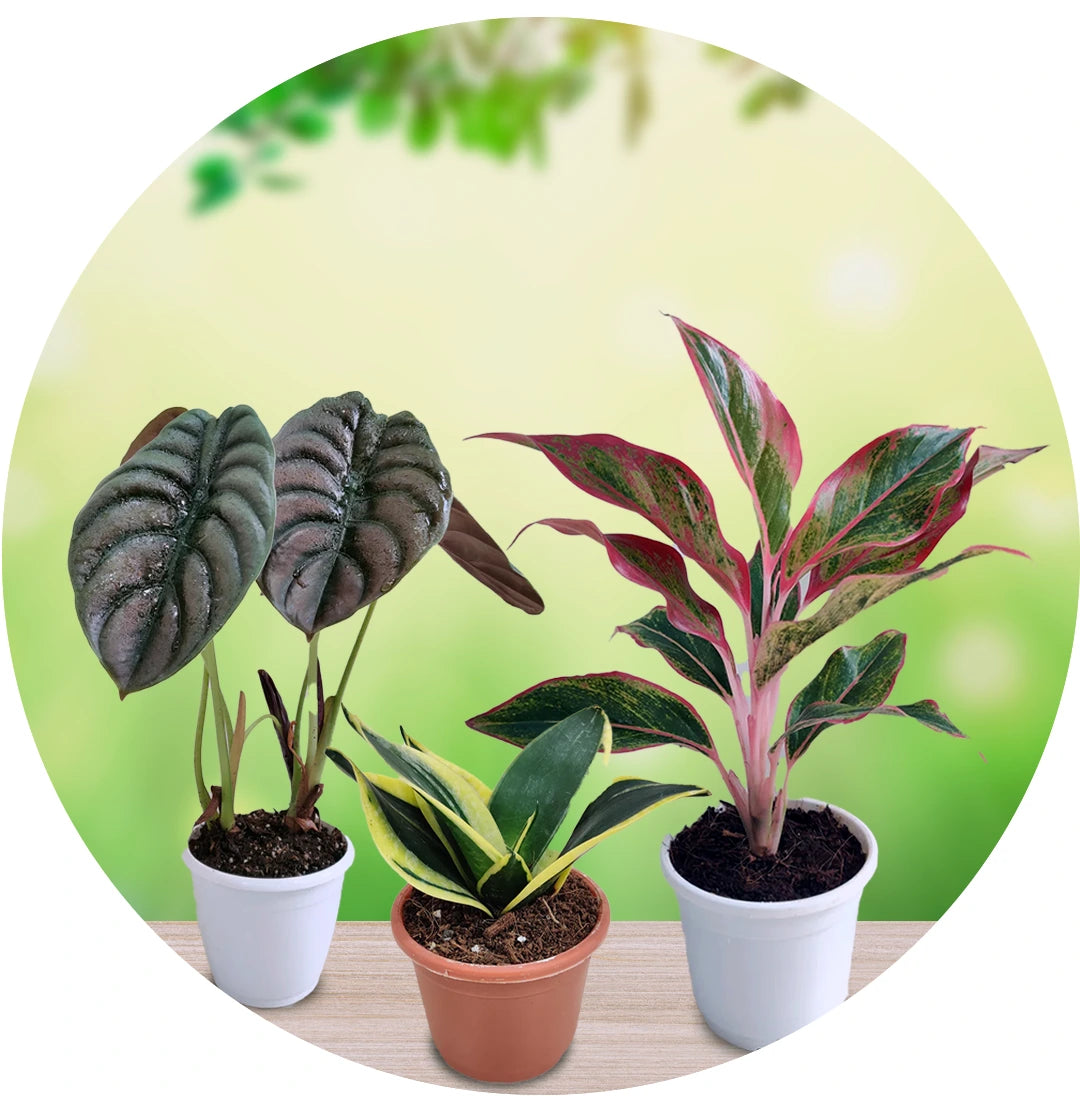
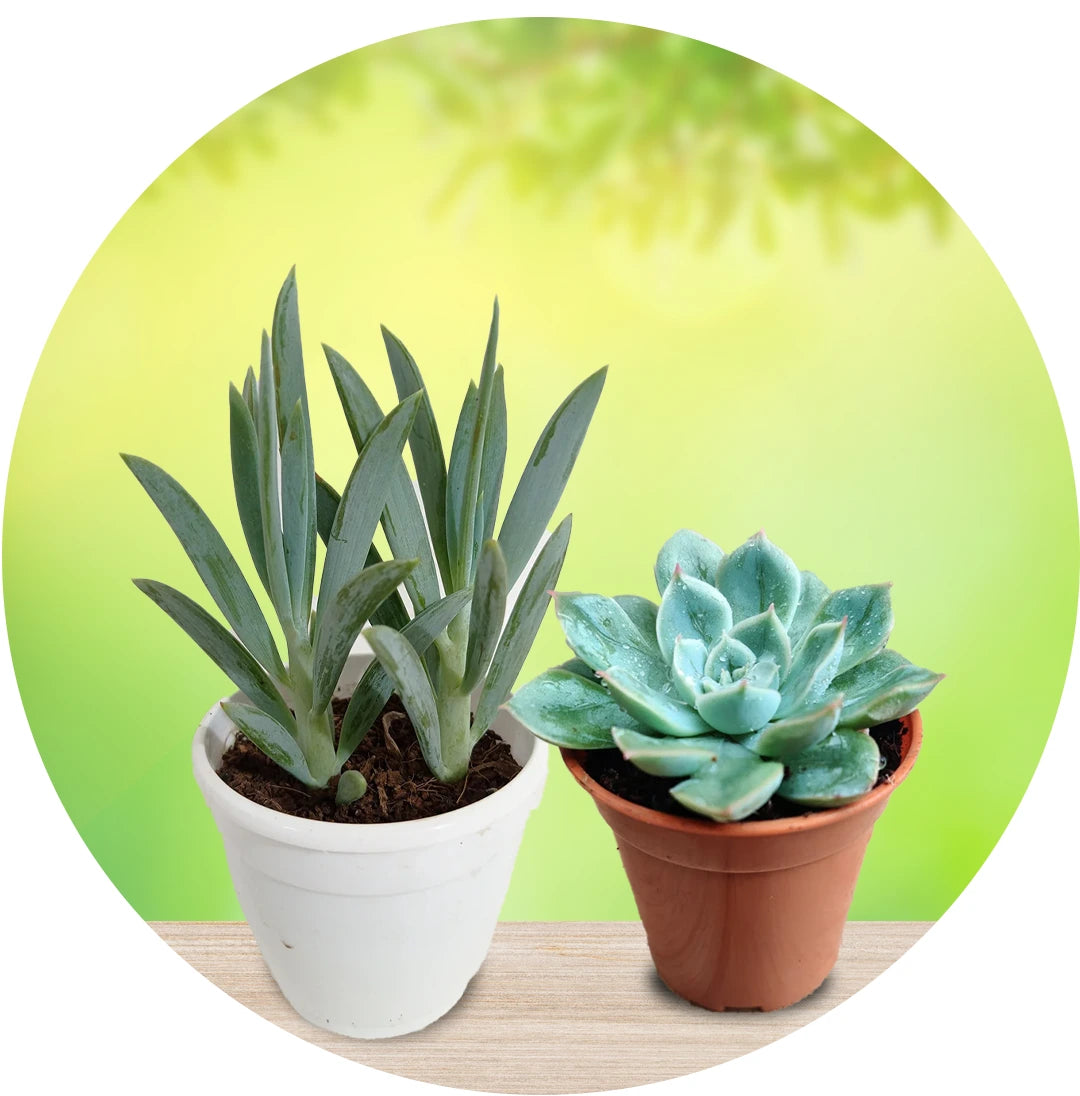
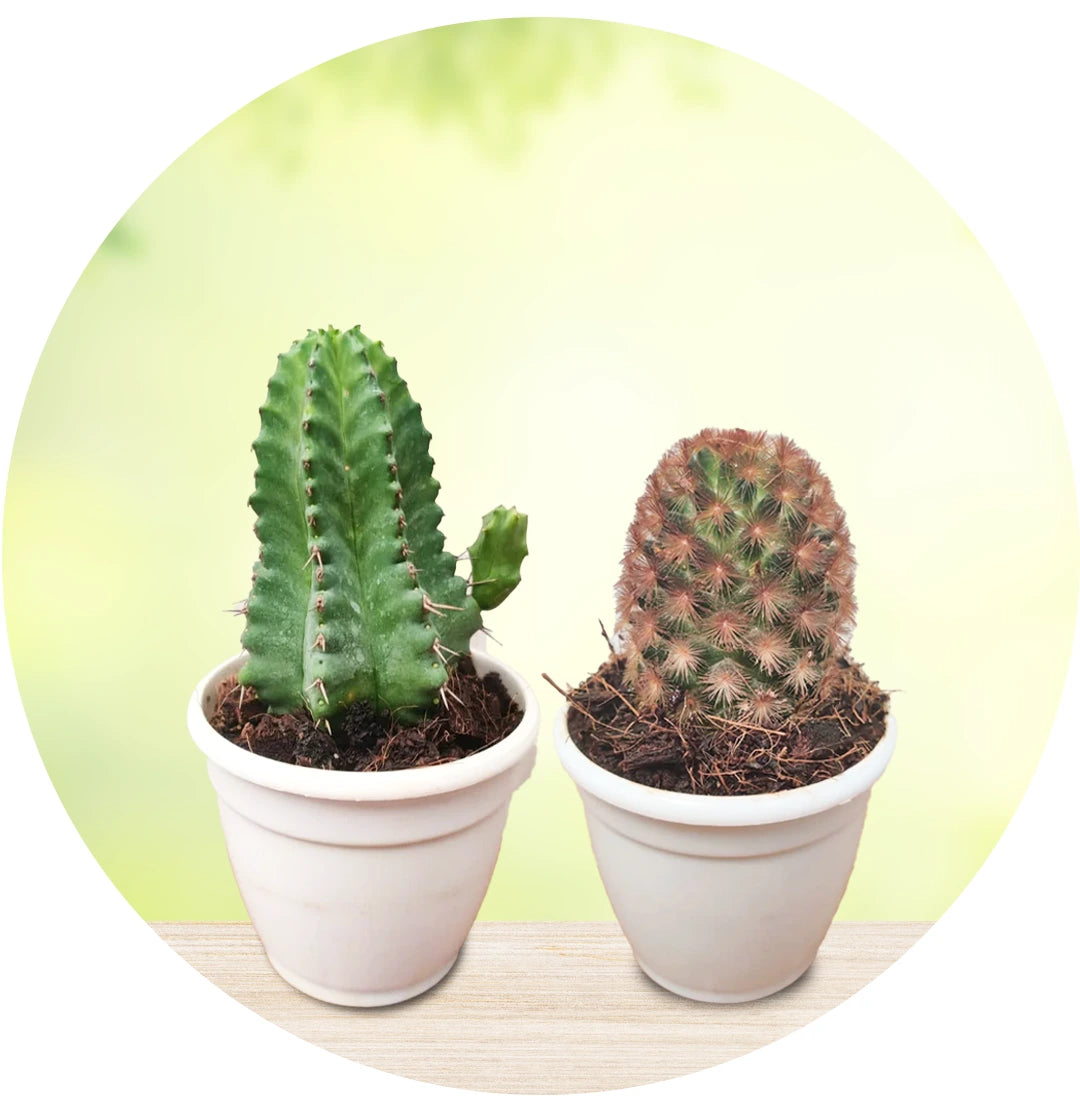
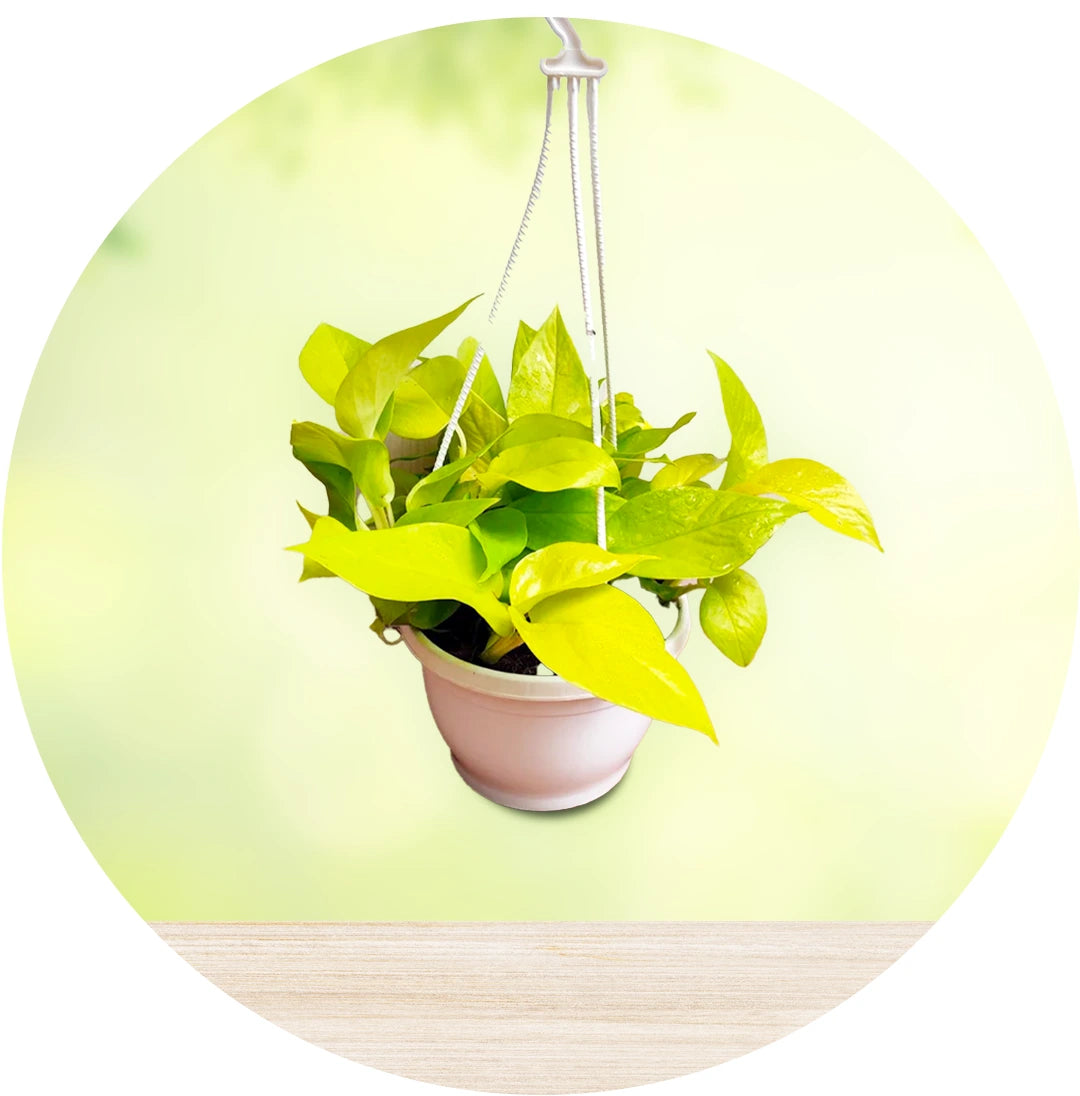
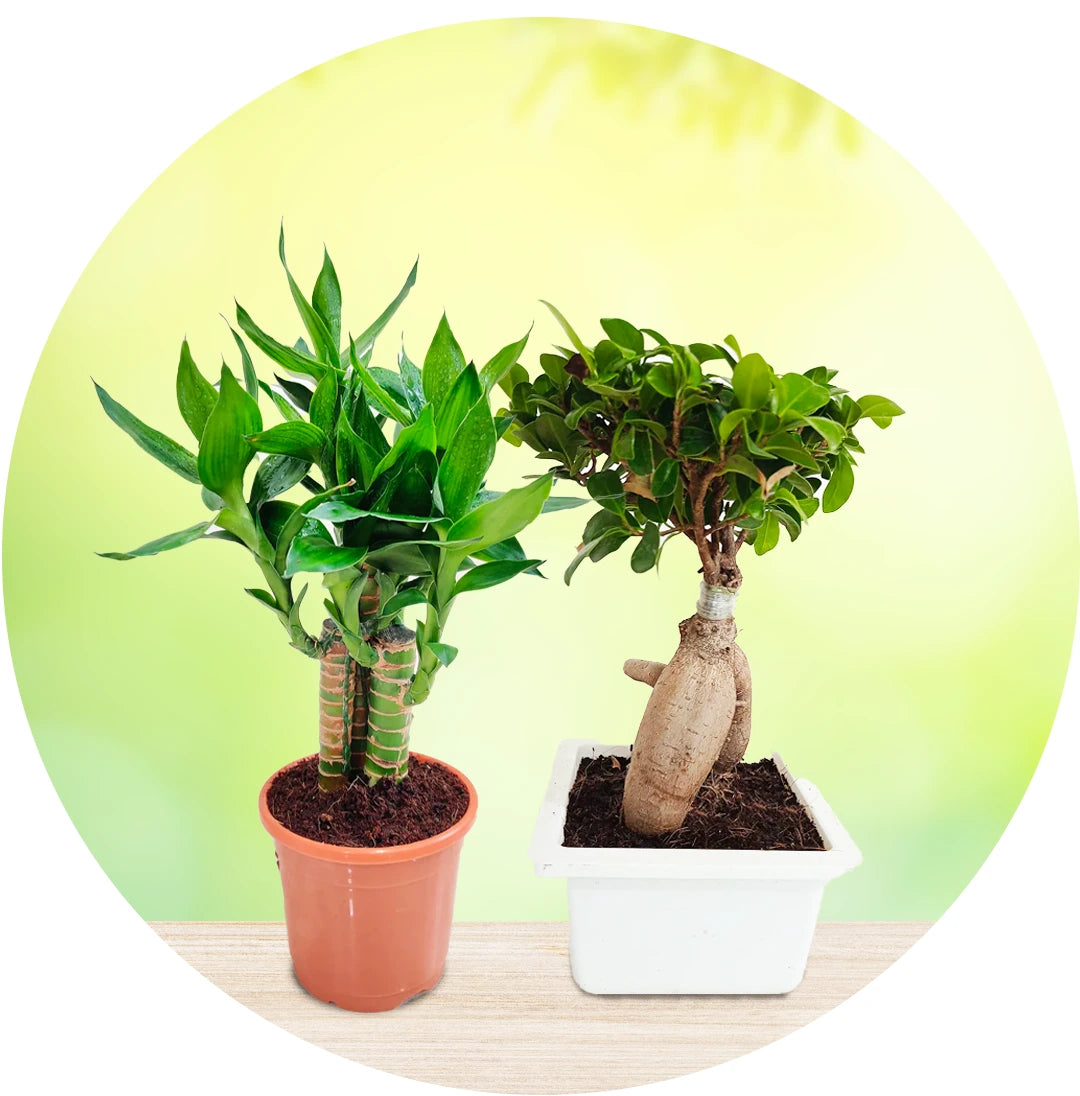
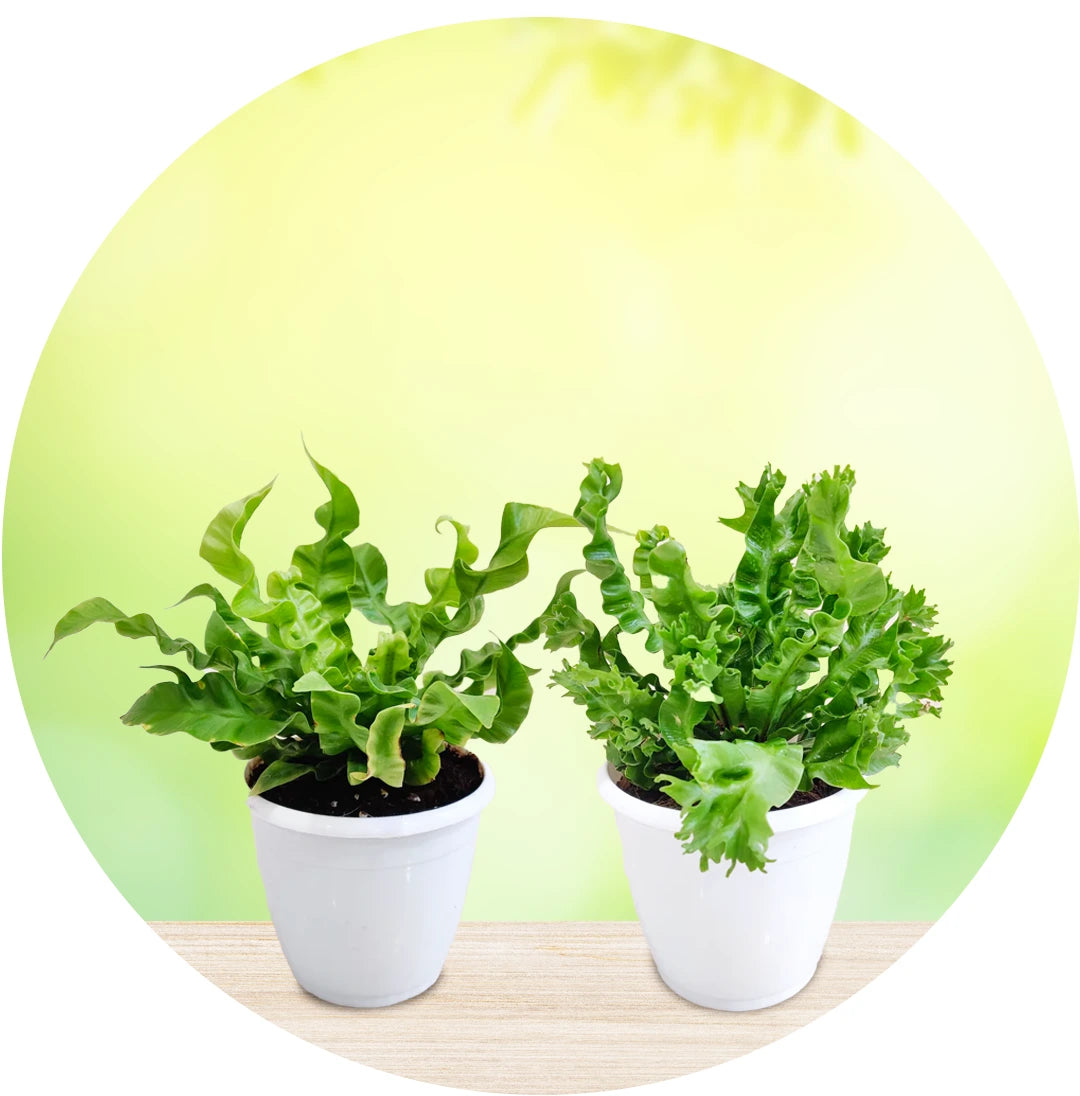
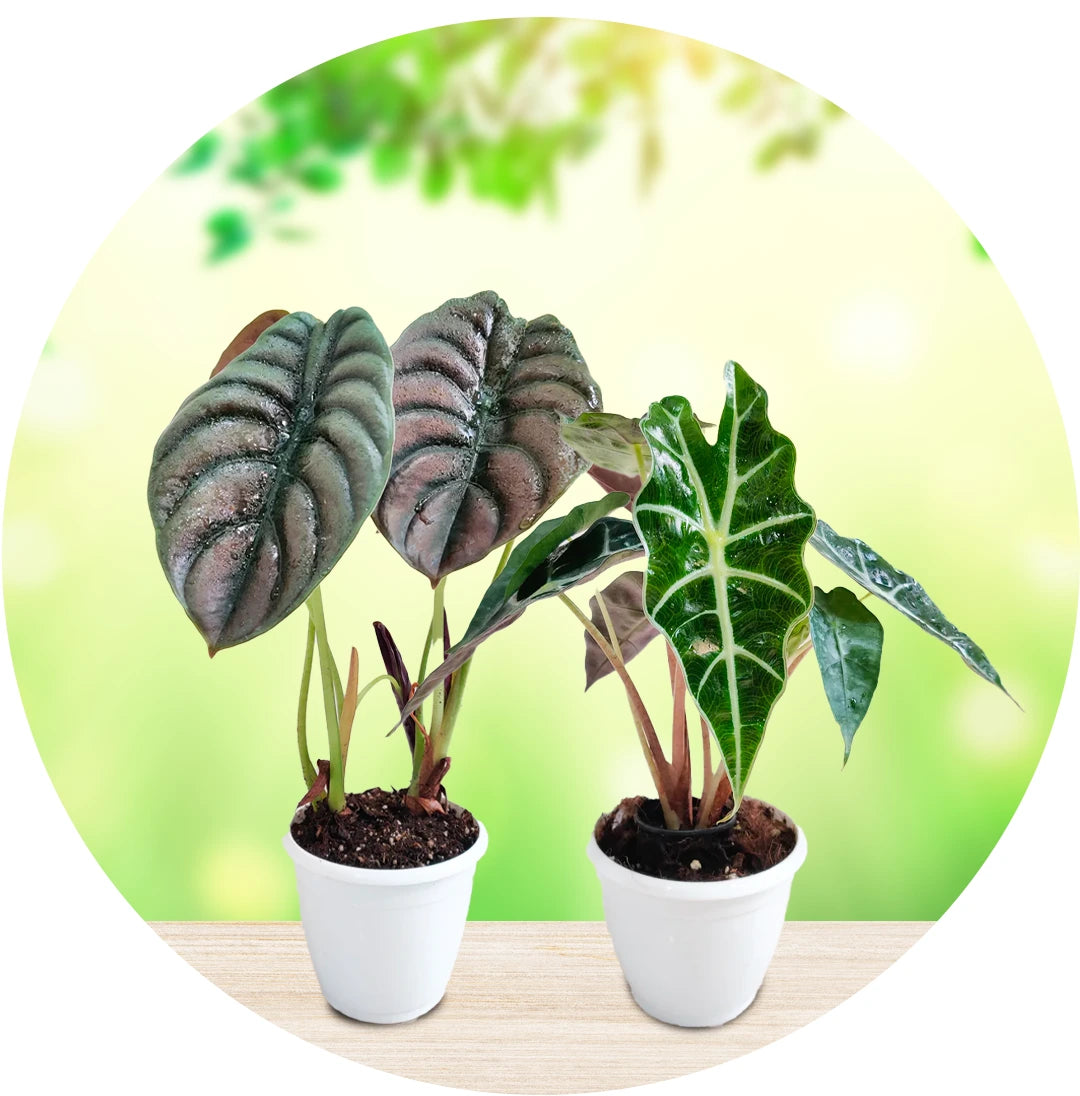
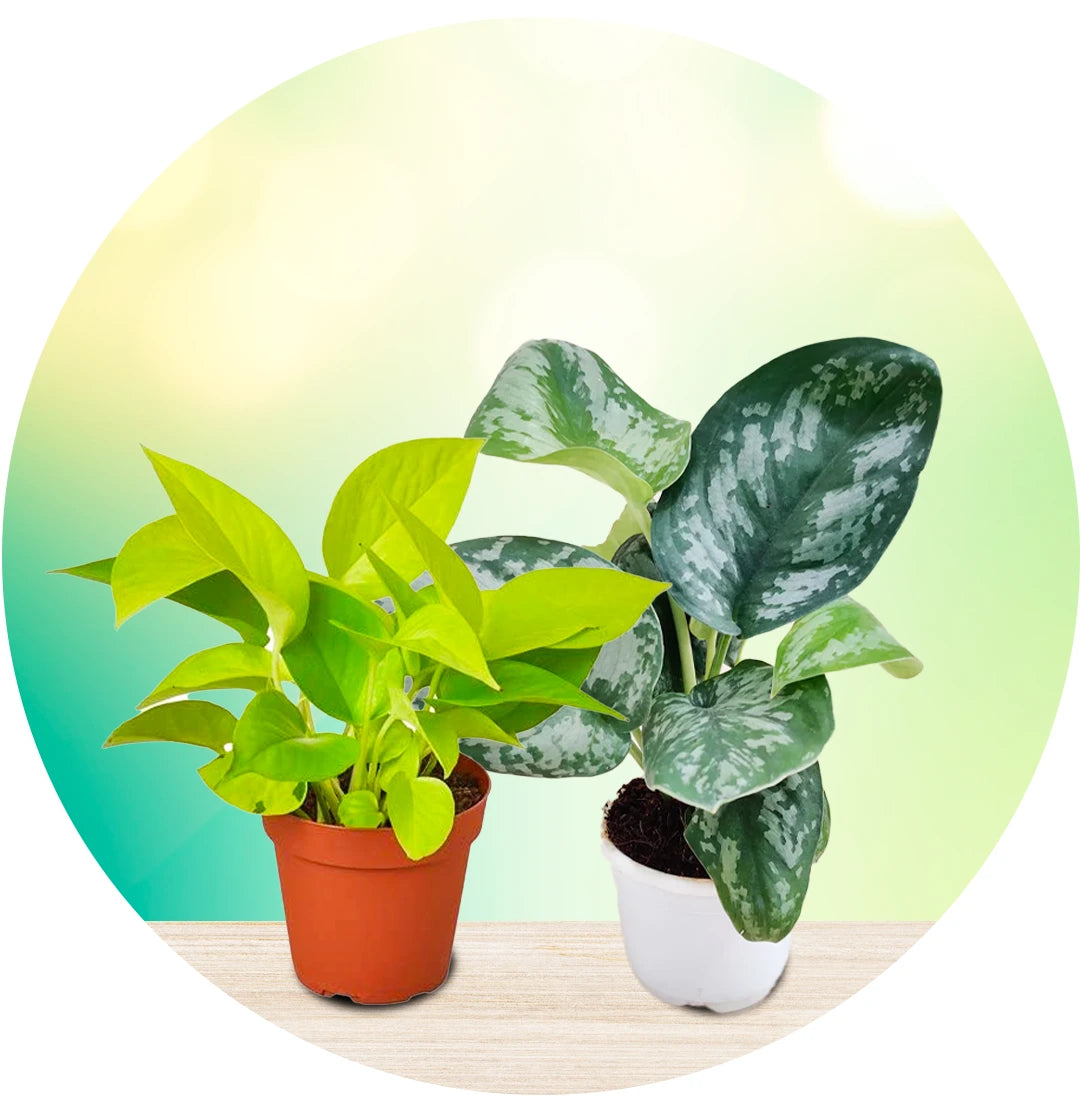
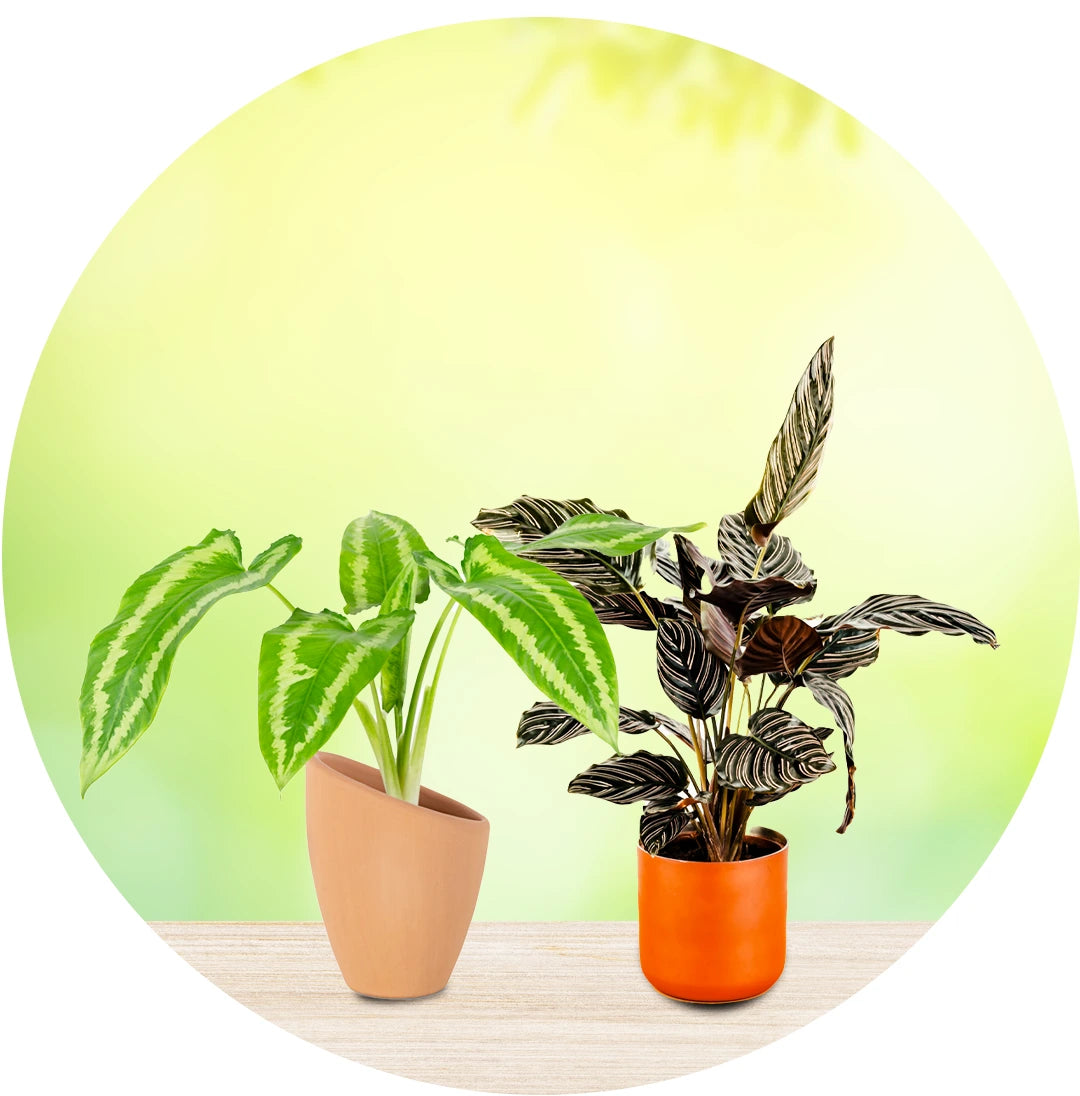
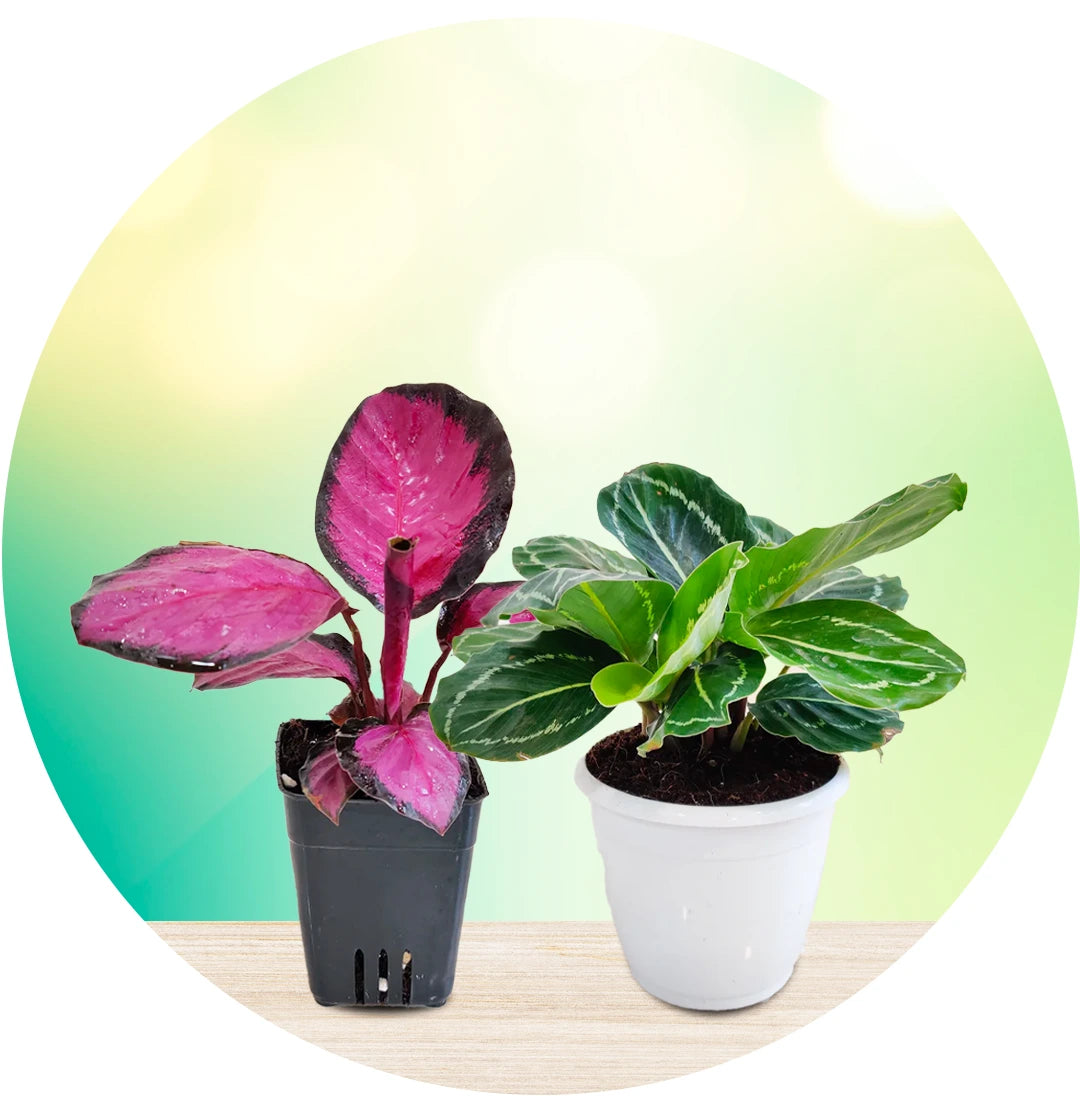
Comments
Leave a comment